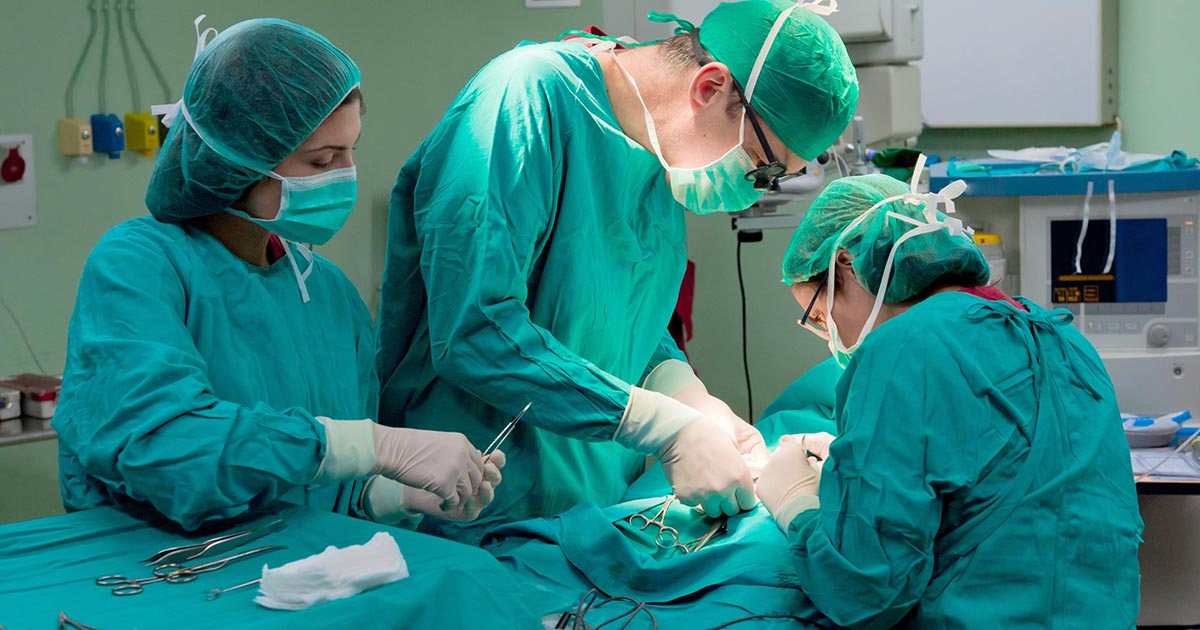How To Treat Pleural Effusion
Tube Thoracostomy
Tube thoracostomy can be used for all pleural effusions, but it is generally reserved for more complicated cases. The tubes are typically inserted using imaging technology to ensure proper placement. When possible, doctors use a small-bore tube to ensure greater comfort for patients. How long the tube stays in place depends on several factors. Before putting the tube into place, doctors typically administer a local anesthetic to promote comfort. A small incision is made in the area where the tube will be placed, and once the tube is in, it is stitched into place, and a bandage is placed over it. Once it is determined the excess fluid is sufficiently drained, the tube is removed, and the incision is closed.
Continue for more information on how pleural effusion can be treated effectively.
Treating The Cause

Treating the cause is imperative to prevent the risk of pleural effusion recurrence. If congestive heart failure is the cause, surgeries, medications, and dietary changes are often combined to manage the congestion. With a pulmonary embolism, emergency treatment is typically needed since this can be a life-threatening condition. Doctors might use surgery to remove the clot. Pneumonia is typically treated with antibiotics, fluids, and rest. The type of kidney disease will determine the treatment. In the most severe cases, hemodialysis might be needed. If there is a tumor, doctors may use radiation, surgery, or chemotherapy to either remove it or at least debulk it so it is smaller.
Learn about the risks associated with treating pleural effusion now.
